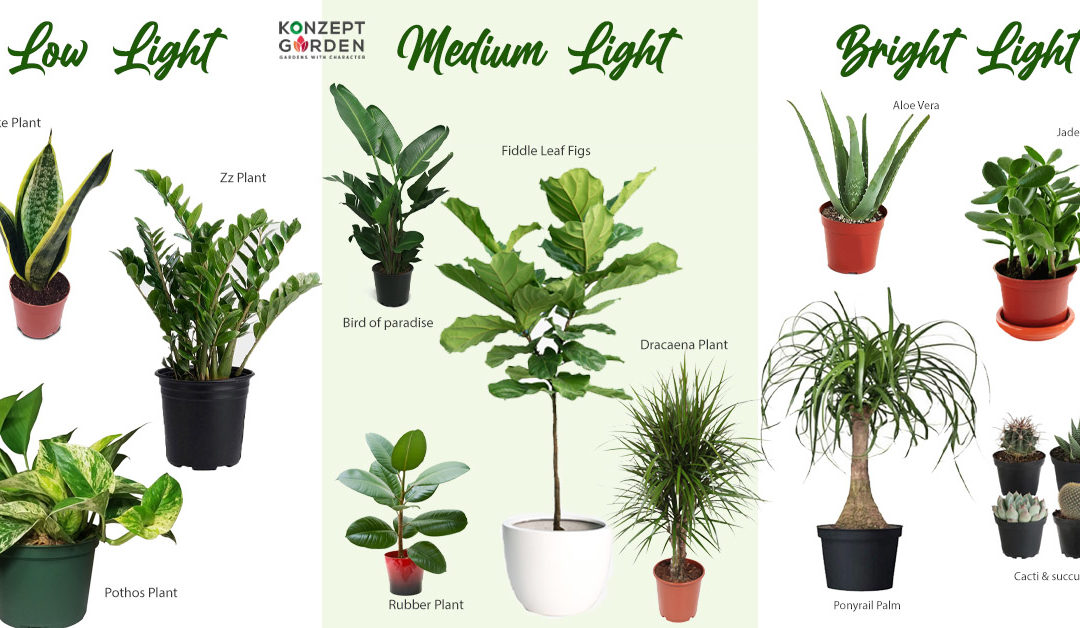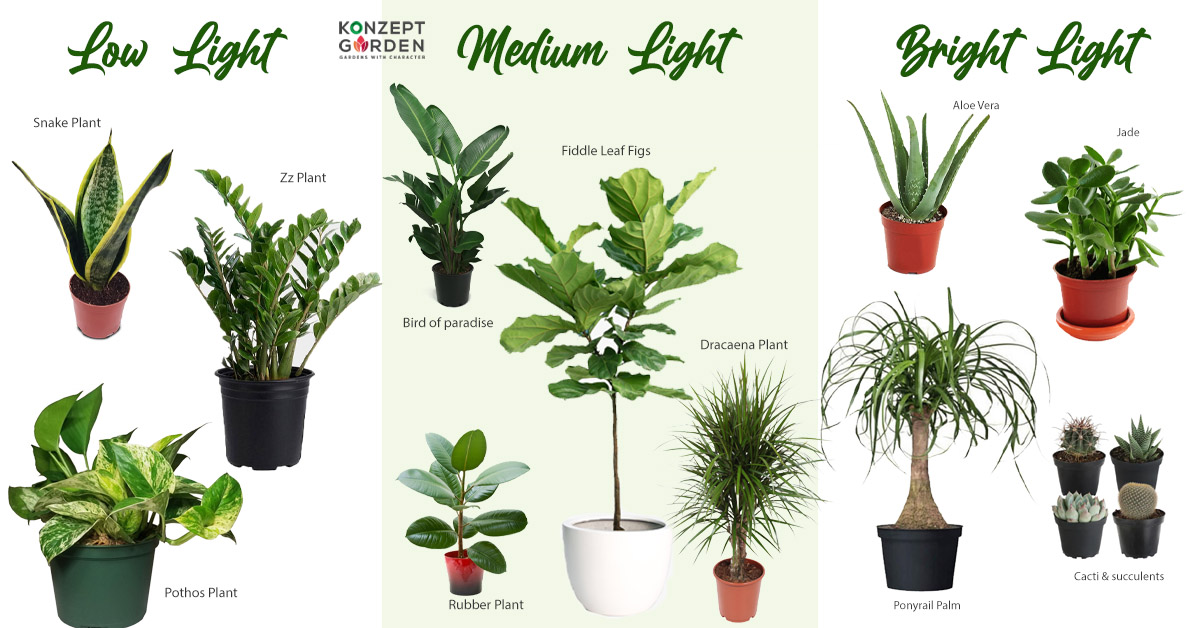
Three best ways to get to know your plants
TOP THREE REASONS TO ADD PLANTS TO YOUR PLACE
1. It improves the décor. Adding greenery to every room enlivens the space immediately and adds colour and texture. Place the plant in a bright pot for a nice splash of colour if your casa is full of neutrals.
2. They're purifying the air. Currently, indoor air pollution is a major threat to our wellbeing. Plants raise the levels of oxygen and eliminate pollutants from furnishings, finishes and household cleaners from the air.
3. Plants make individuals happy! Getting indoor plants will help you feel more positive and contribute to your overall well-being by providing a calmer atmosphere.
How much sunlight do your plants need?
BRIGHT LIGHT | Facing Room with Lots of Windows|
1: Cacti & succulents
Cacti and succulents need a good bright sunlight. The first step in establishing whether you can take care of them is to find a bright spot in your home. They love the sunlight and they tend to behave strangely if they don't get the most of it. Although some cacti species such as Rhipsalis and Hitora can tolerate lower light level but none of them love to sit in a dark area.
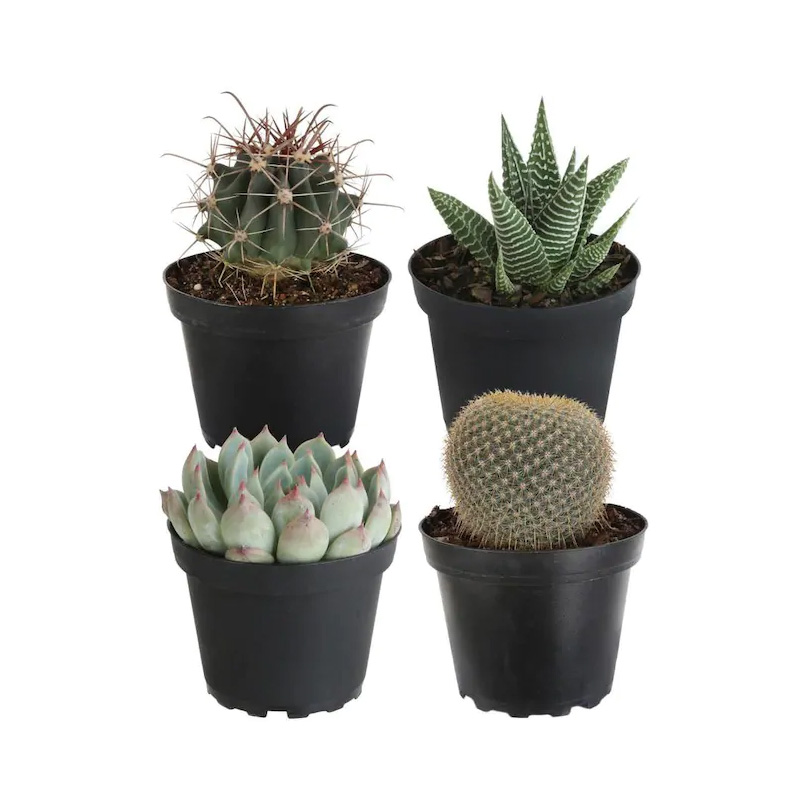
2: Jade
Jade plants when expose to poor light condition they tend to become leggy and less vigorous. In the region that is usually warm, jade plants may be kept outdoors year-round because they grow well when they get full sun exposure at least four hours each day. As for the hot summer months, they benefit from being planted in a spot that gets some light during the hottest hours or otherwise they might become scorched in the afternoon sun.months, they might become scorched in the afternoon sun and benefit from being planted in a spot that gets some light shade during the hottest hours.
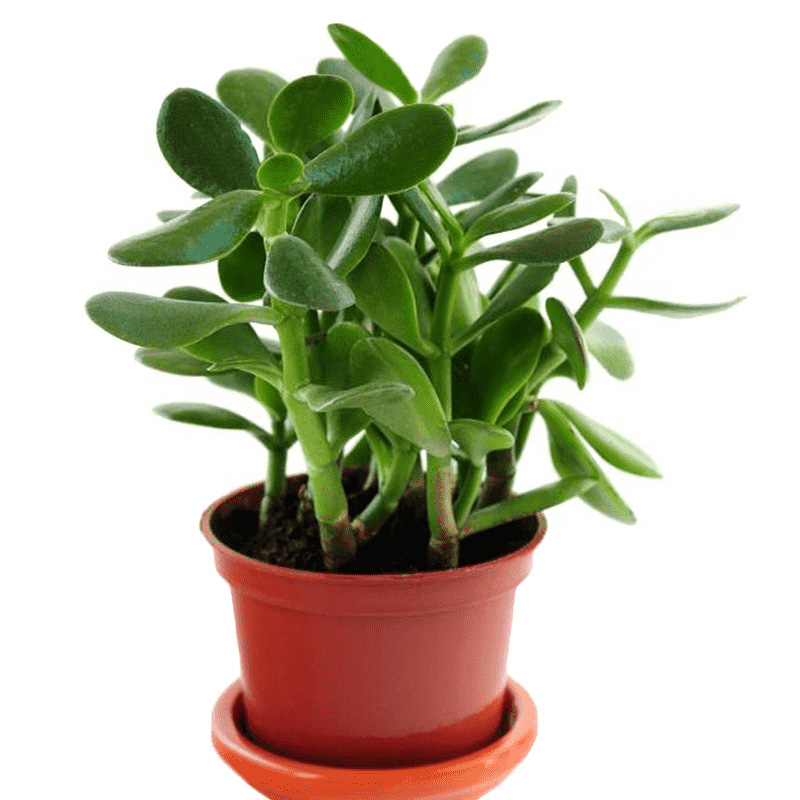
3: Ponytail Palm
The ponytail palm lives in a position of full sun based on its nature habitat. When you are having them as an indoor plant, it is best to locate them in bright direct light of at least 5 hours a day. This plant will also survive in bright indirect light and partial shade but you may see the number of new leaves decreasing. The pony tail has been discovered to be happy as long as it receives bright light for half a year. That means if you place them outdoors in a full sun position, then you can place it indoors for the remainder of the year in almost any lighting area you like, even relatively low light.
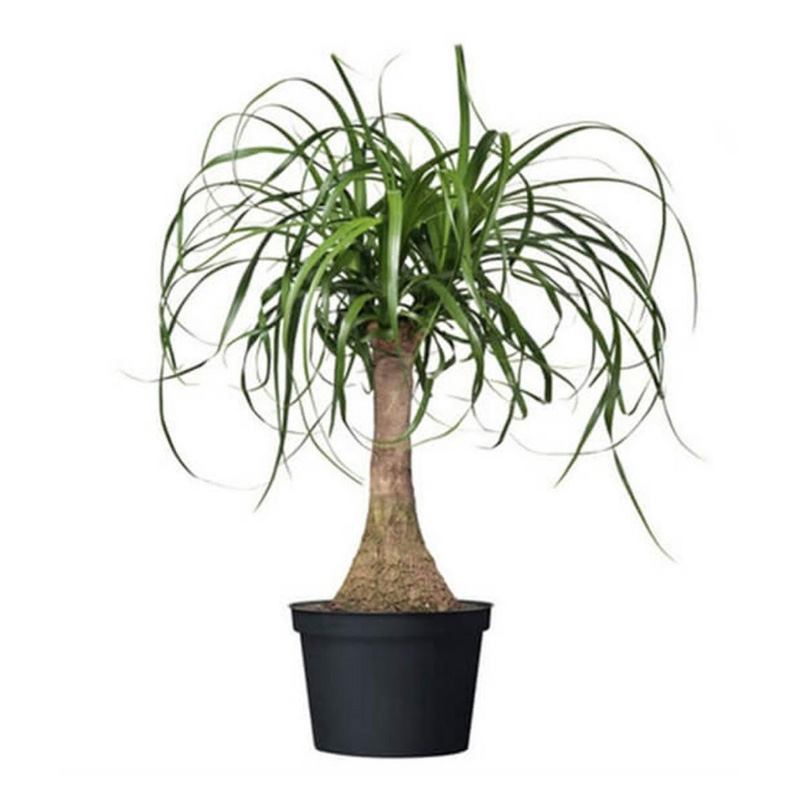
4: Aloe Vera
Aloe veras survive direct light for about 8 hours a day and they often grow in indirect sunlight too, either you put them on a desk or in the shade under another plant. They turn reddish-brown when they get a lot of direct suns but this is not harmful to your plant. It's showing a healthy plant with lots of suns. The reason for their changing colours is to help prevent damage from so much sunlight.

MEDIUM LIGHT | Window Facing Room|
5:Fiddle leaf figs
Fiddle leaf figs will look best under a bright filtered light. However, direct sunlight can burn the leaves, usually when it is exposed to the hot afternoon sun. Besides that, they will fail to grow rapidly when are kept in very low light conditions. Southern or western facing window is ideal for the plants to grow well. Keep in mind to rotate your plants every few months when you see they are reaching for the light. It's important to wipe the leaves to free them from dust as this will help the plants to absorb sunlight more efficiently.
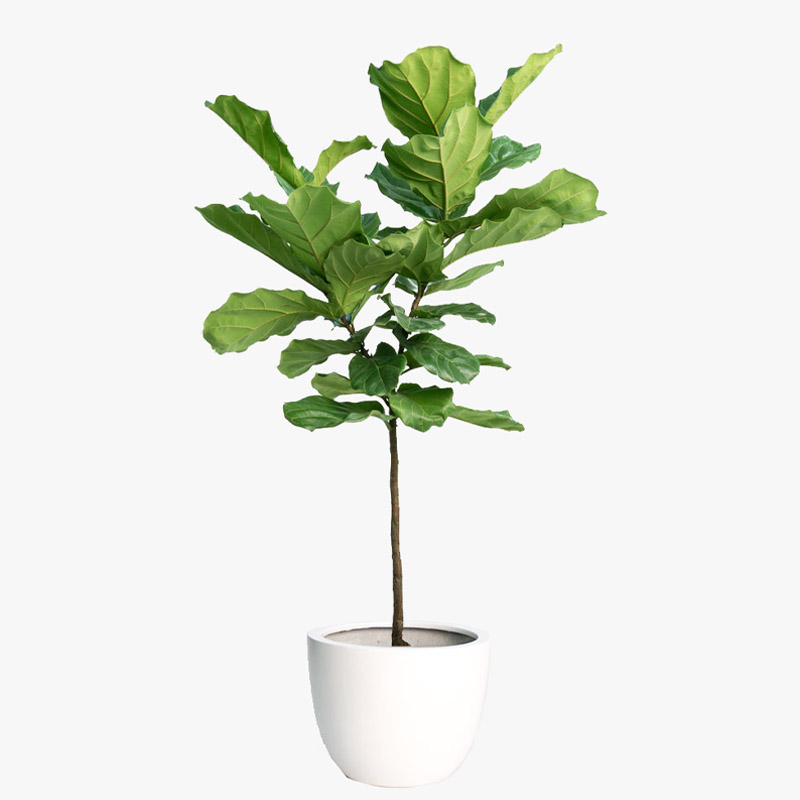
6: Rubber Tree
Rubber tree can't survive under direct sunlight but they do need filtered bright light and a lot of it. The perfect spot for this plant is at a sunny spot shielded by a sheer curtain. When you started to see that it becomes leggy and lose it's luster and lower leaves fall, that means the plant needs more light.
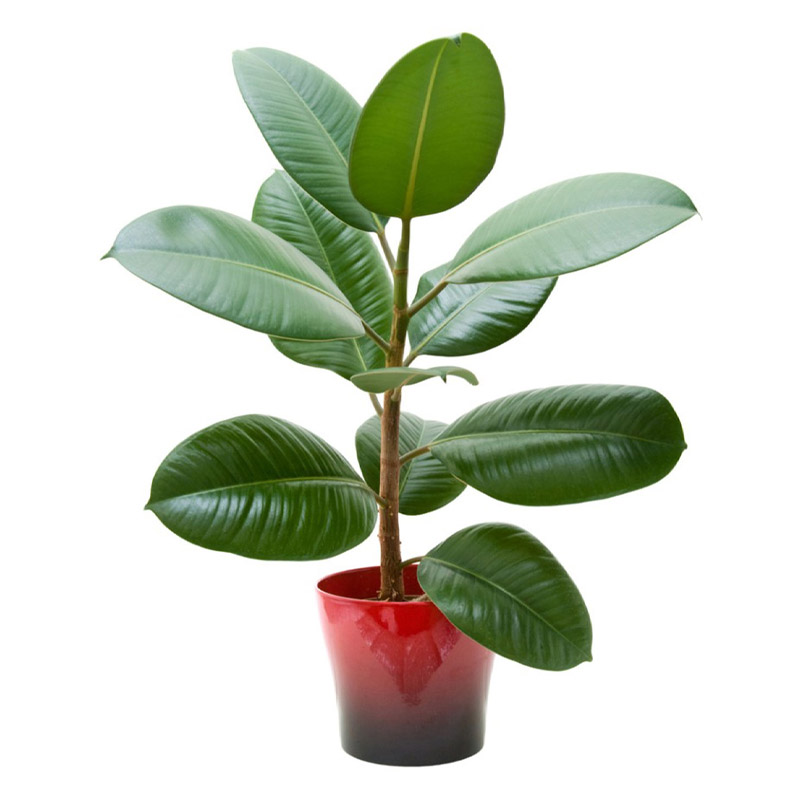
7:Bird of paradise
Bird of paradise plant prefers a location away from vents and drafts where it will able to receive at least four hours of sunlight. If it is placed in a hot sunny room, it is advisable to be in a bright, indirect light. If your plant is showing yellow colour leaves, try to increase the amount of sunlight exposure.
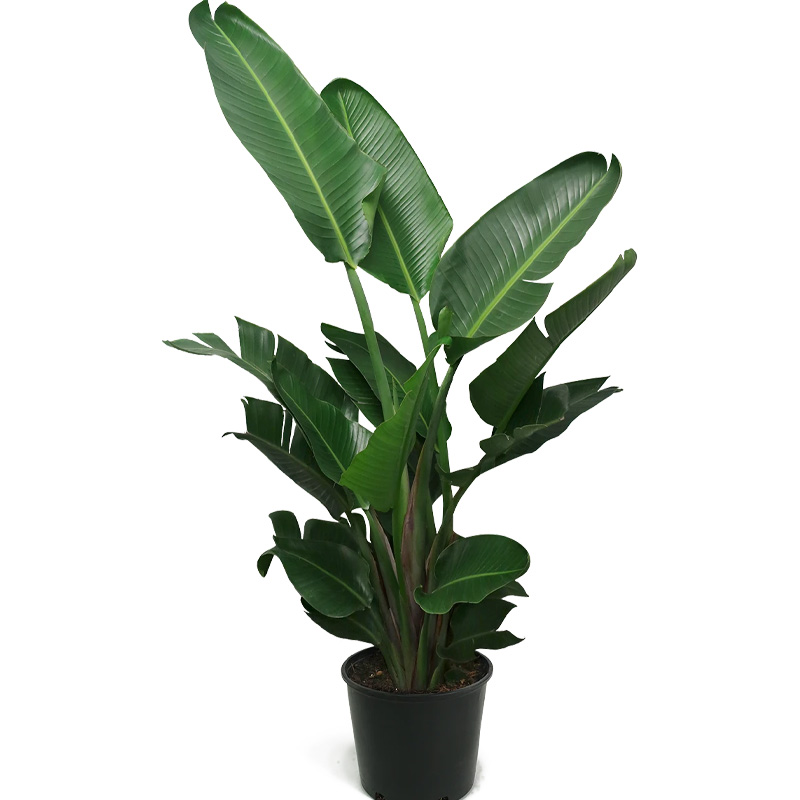
8: Dracaena Plant
Dracaena plant loves the bright light but it will also survive in dim light. However, you need to avoid direct sunlight because the foliage might burn. Plants in a lower light situation usually will grow slower and produce smaller leaves with less intense colour. If the leaves of your plant begin to fade it's colour and grow longer, they are showing a signal of needing more light.
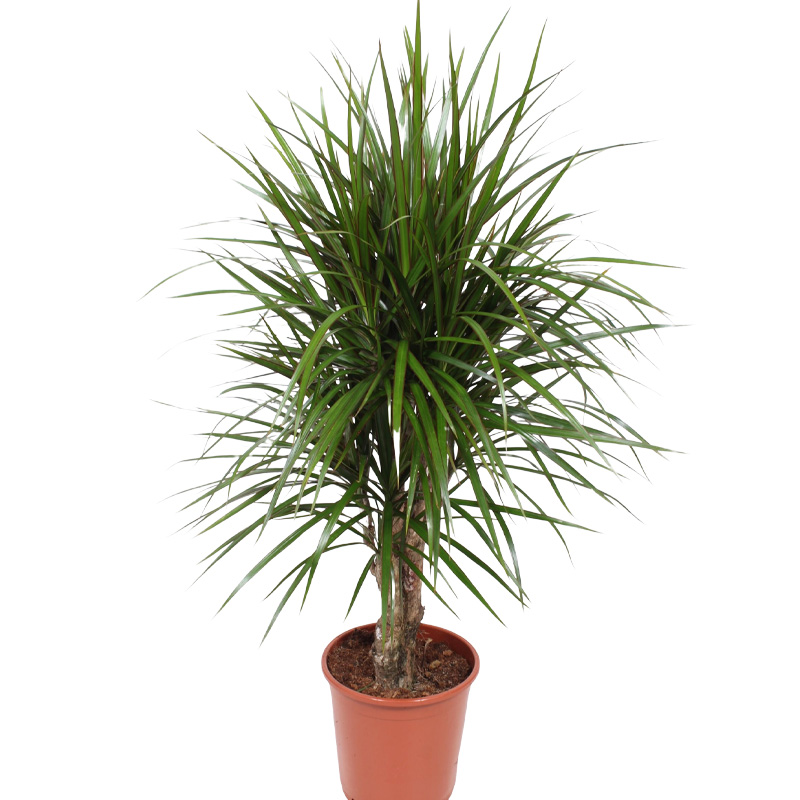
LOW LIGHT | North Facing Room |
9: Snake Plant
Snake plant prefers indirect but steady sunlight with some direct sun. It will be able to tolerate the full sun conditions and may survive in dim situations as well. Avoid direct sunlight for long hours as it has the potential to dry them out quickly. Very low light tends to cause the leaves to be very weak and stretched out, causing them to wilt and flop over.
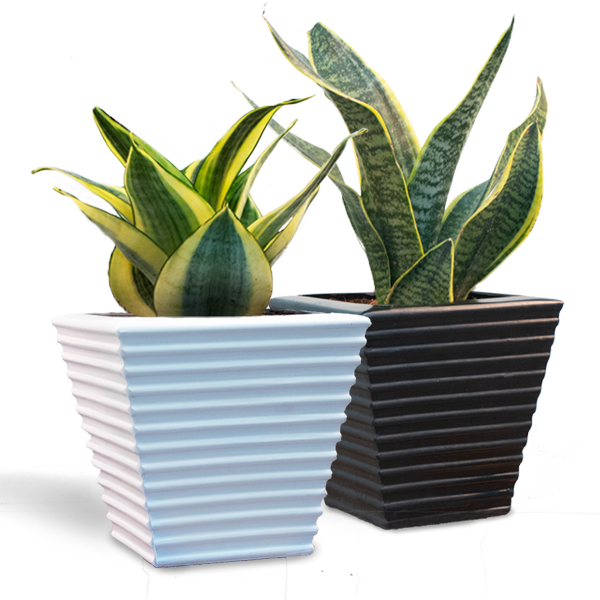
10: Pothos
Indoor pothos plants prefer bright indirect sunlight. Variegated plants sometimes lose their leaf pattern if they don't get enough light, therefore moving them to brighter conditions usually restores the variegation. When you see your plant is showing a pale looking leaves, that means the plant is getting too much sunlight.
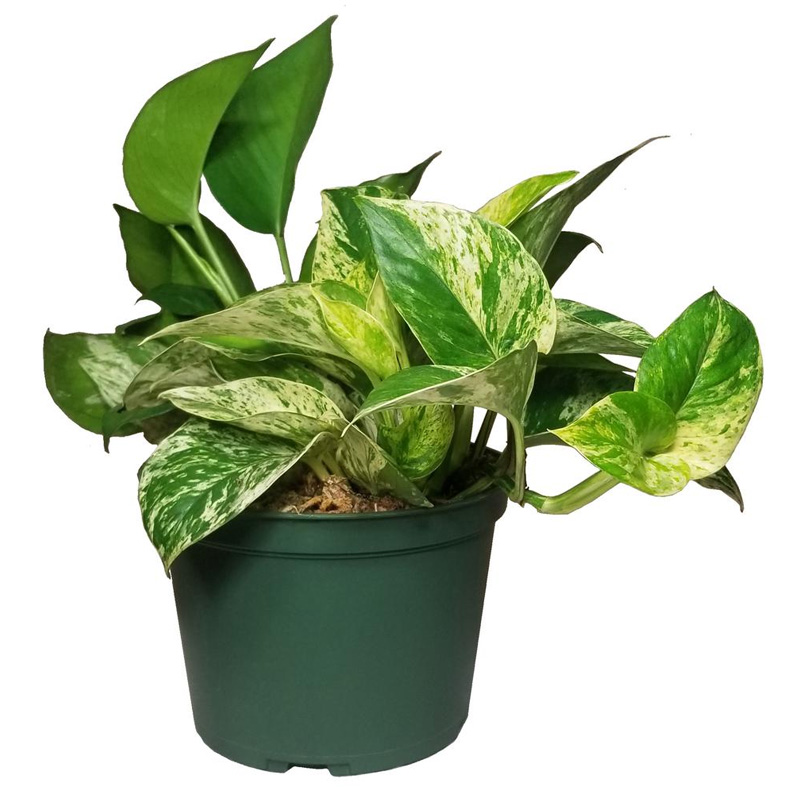
11: Zz Plant
This plant grows best in a moderate or medium-light area. It can tolerate low light conditions but this is not their best option because this condition will cause the plant to have prolonged growth and stretchy stems. In other words, it will become leggy. Besides that, it is not a good idea to place them in a direct sunny spot or near a hot window or it will burn in no time. If you are placing your plant in a moderate to high light
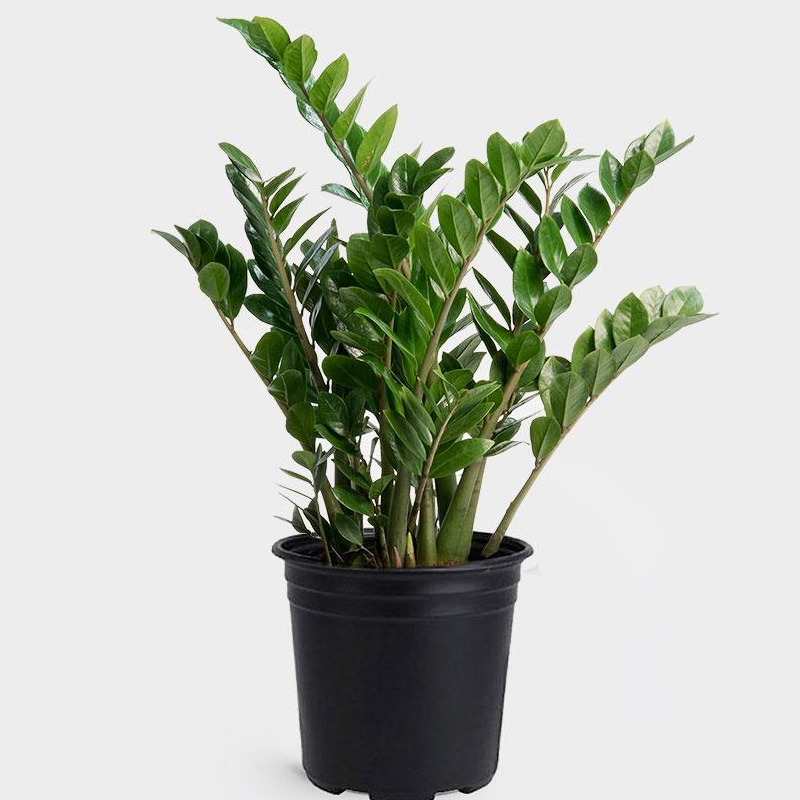
Ready To Own Yours?
-
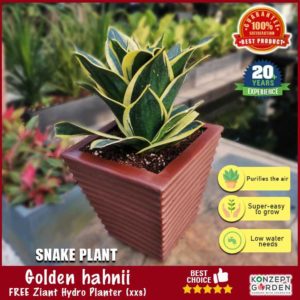
New Twisted Species of Snake Plant Sansevieria Trifasciata [Golden Hahnii] | FREE Ziant Hydro Planter ZP001-xxs
RM79.90 Select options -
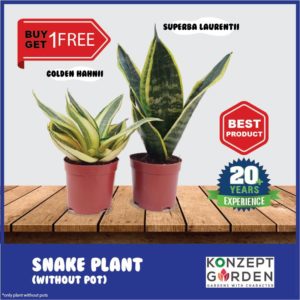
Snake Plant Superba Laurentii | Golden Hahnii [without planter pot] | Buy 1 Free 1
RM21.90 Select options -
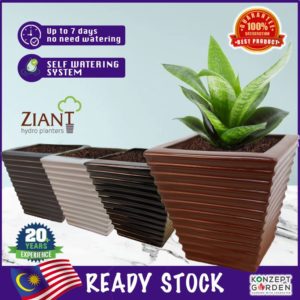
Ziant Hydro Planter [zp001-xxs] [for flower and plant pot]
RM75.00 Select options






 Login
Login